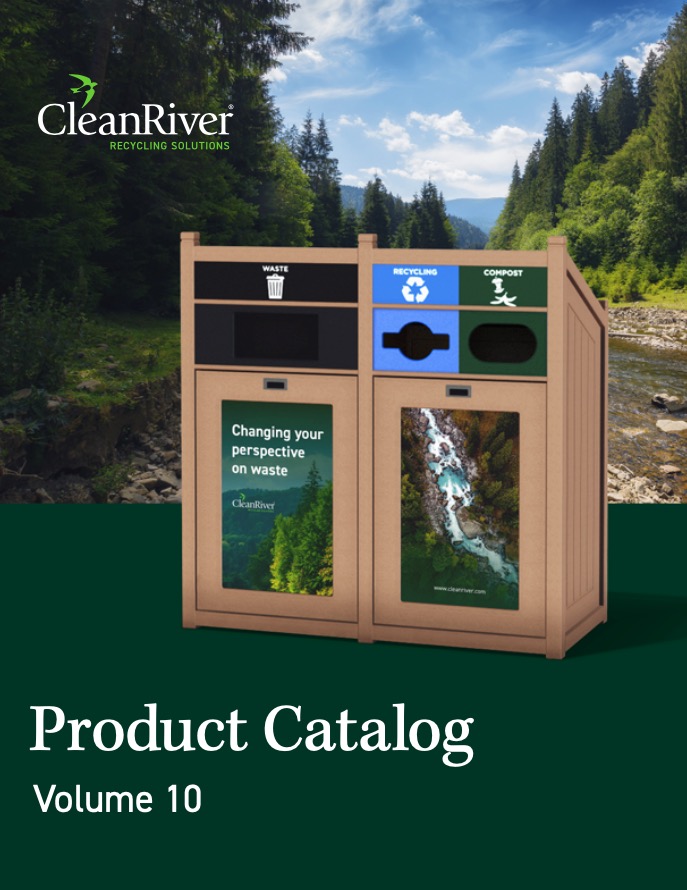1. What is Nudge Theory and How Does It Work
Nudge theory is a behavior change model that encourages people to make better choices for themselves and their environment. The theory is based on the idea that small changes in our surroundings can lead to big changes in our behavior. By understanding how we make decisions, we can design our surroundings to nudge us towards more sustainable actions.
Some examples of how nudge theory has been used to encourage waste diversion include:
- Culture: Creating a culture of recycling and waste reduction through workplace programs and public education campaigns.
- Communication: Making it easy for people to understand what can be recycled and how to recycle properly.
- Collection: Offering incentives for recycling, such as rewards programs or discounts on garbage collection.
Nudge theory is a powerful tool that can be used to encourage sustainable behavior change. By understanding how we make decisions, we can design our surroundings to nudge us towards more sustainable actions.


2. How Can Nudges Be Used To Increase Recycling Rates
Nudges can be used in a variety of ways to increase recycling rates. One way is to make it easier for people to recycle by providing clear instructions and labeling recycling bins. Another way is to provide incentives for recycling, such as giving discounts or rewards for recycling. Finally, reminders can be sent to prompt people to recycle more often.
One way to nudge people towards recycling is by making it easier for them. This can be as easy as providing clear instructions and labeling recycling bins. People are more likely to recycle if they know where their recycling goes and what happens to it afterwards. Additionally, making it easy to find a recycling bin will also increase the likelihood of people recycling.
Incentives are also a great way to encourage recycling. By giving people discounts or rewards for recycling, you are providing them with an incentive to recycle more. This is because they will be able to save money or get something in return for their efforts. Additionally, reminders can be sent out to prompt people to recycle more often. This can be done through email, text message, or even social media. By reminding people of the benefits of recycling, you are more likely to get them to recycle more often.
Nudges can be used in a variety of ways to increase recycling rates. By making it easier for people to recycle and providing incentives for recycling, you can increase the amount of recycling that takes place. Additionally, reminders can help to prompt people to recycle more often. By using these nudges, you can help to make a difference in the amount of waste that is produced each year.


3. Case Studies of Successful Nudging Campaigns
There are many examples of successful nudging campaigns around the world that have helped to culturally change communication and waste diversion. Here are three case studies:
- An Alumni of the College of Charleston, Nicole Killen, had successfully implemented the nudging theory into the college’s recycling program. Her sustainability efforts led to 17 Transition® TIM recycling bins added into the College of Charleston’s TD Arena recycling program.
- The city of Amsterdam in the Netherlands has been a leader in using behavioral insights to nudge its citizens towards more sustainable behaviors. One example is their use of social norms messaging to encourage people to recycle more. The city found that simply reminding residents that "most people in Amsterdam recycle" increased recycling rates by 5%.
- In the US, the city of Seattle has been using nudges to encourage people to compost their food waste. They started a program called "Food Plus", which gave residents a discount on their garbage bill if they composted their food waste. The program has been successful in reducing food waste by 30%.
These are just a few examples of how nudges can be used to encourage sustainable behaviors. Nudges are a powerful tool that can help to culturally change communication and waste diversion.
4. Important 'Nudge' Considerations
Nudges can be an effective tool for encouraging people to adopt more environmentally friendly behaviors. Careful designing of nudges takes into account how people think and make decisions, as well as the specific context in which the nudge will be used, in order to maximize the likelihood of success. Additionally, using a variety of nudges (rather than relying on just one) can help to create a "nudge ecosystem" that encourages sustainable behavior change. Ultimately, when used correctly, nudges have the potential to help us create a more sustainable future.
How can CleanRiver help?
The recycling industry has come a long way, but there is always room for improvement. Nudge Theory can be used as an effective tool to increase recycling rates by changing people’s behavior in small ways. As evidenced by the case studies, when done correctly, nudges can lead to significant increases in recycling rates with minimal investment.
If you are interested in learning more about how you can use Nudge Theory to increase recycling at your facility, please contact a CleanRiver representative today.
If you have additional questions that weren’t answered in this blog post, please call us at 1 (888) 646-4246 or email sales@cleanriver.com.
